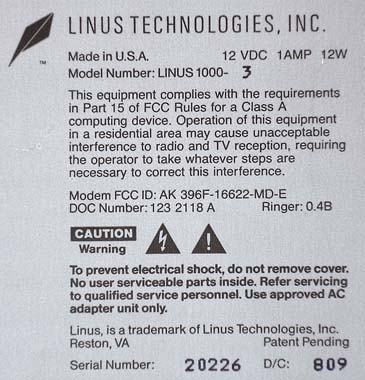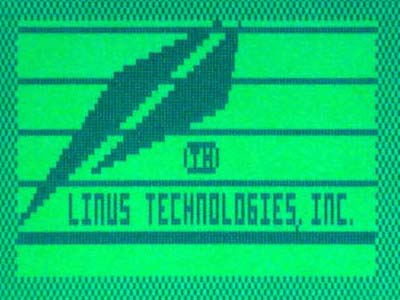
|

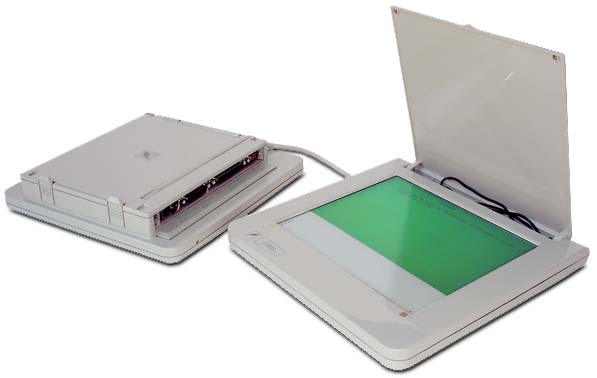

|

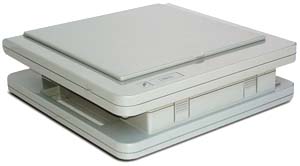 Examples of uses include:
Examples of uses include:
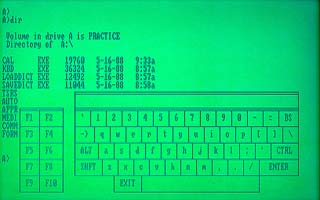
|
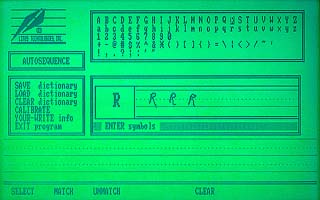
|
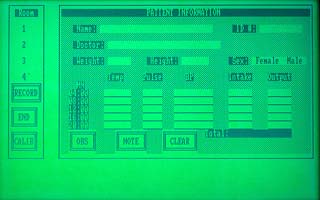
|
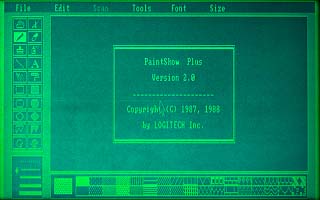
|
|
Download these software applications (2.4MB file).
Includes: Appraise, Currency Trade, Forms, Just-Write II, Learn, Paint, Practice, Your-Write. | |
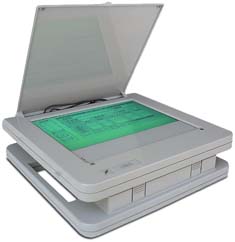
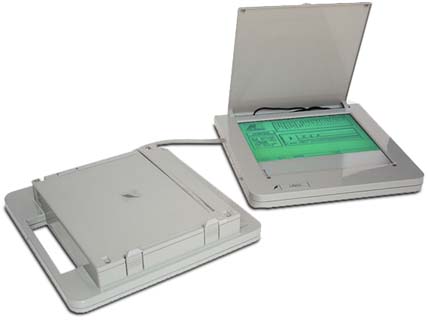
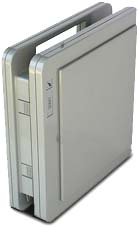
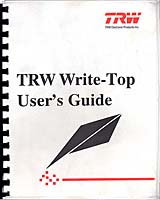 Actually, since you teach it your specific longhand, the Write-Top can even learn and recognize
Klingon
and convert it into standard ASCII text.
Actually, since you teach it your specific longhand, the Write-Top can even learn and recognize
Klingon
and convert it into standard ASCII text.
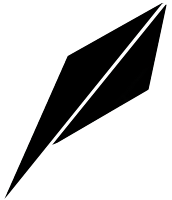
|
